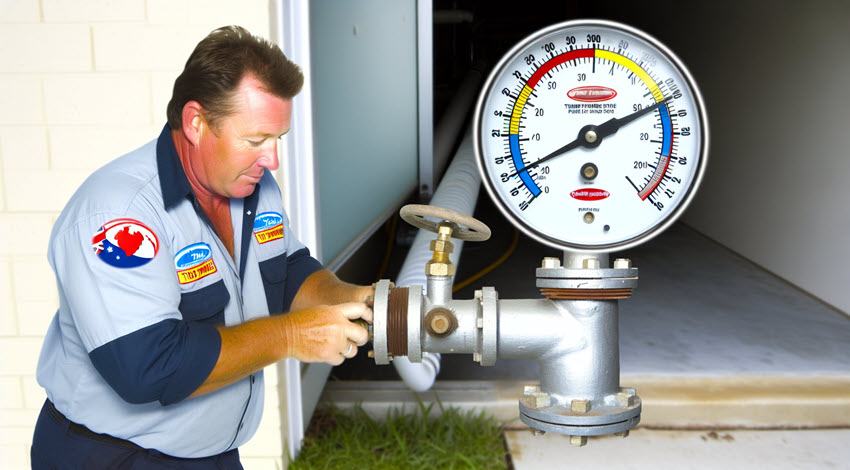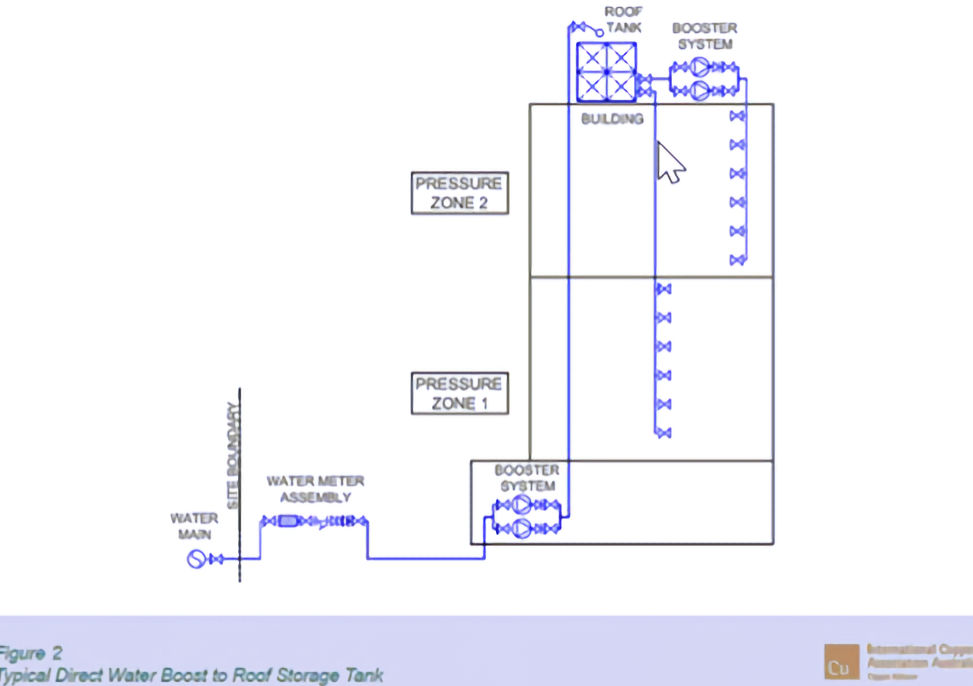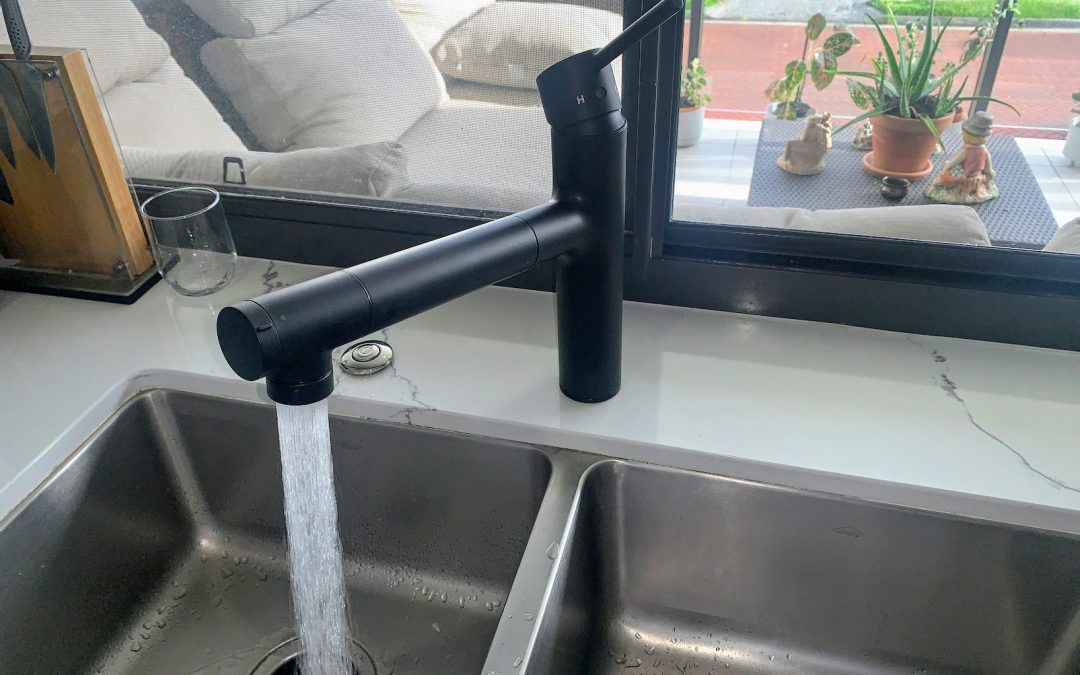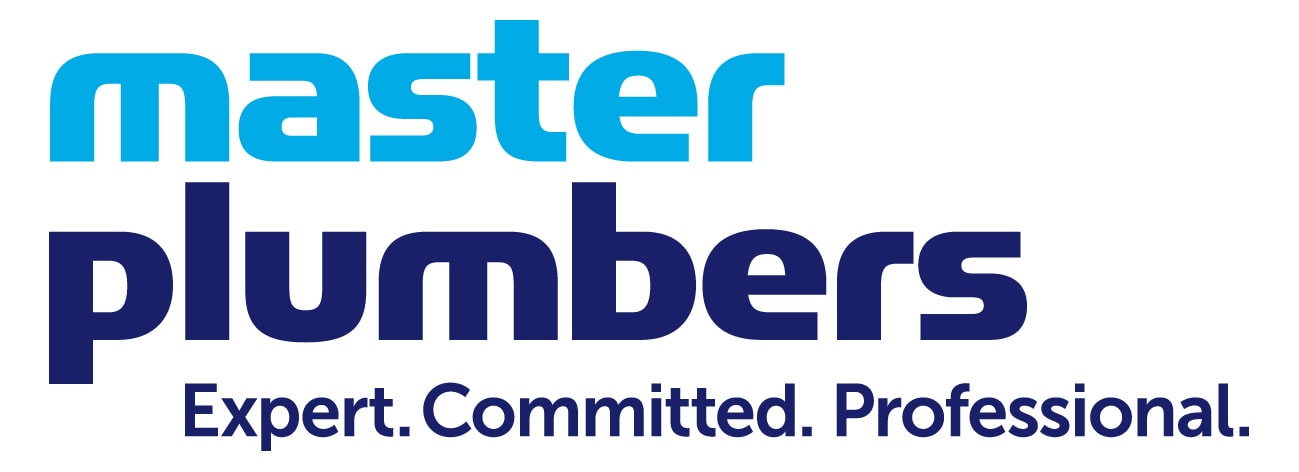
Understanding Water Pipe Pressure: How it Works and Why it Matters
What are the legally required water pressure requirements?
Water pressure within a commercial or residential building is from a consumer viewpoint based on perception rather than reality. According to AS/NZS 3500.1:2021 Water Services in section 3.3 Pressure Requirements, the water pressure should be between 50kPa and 500kPa at the furthermost or most disadvantaged fixture or outlet within a building, with the ideal pressure at outlets being at least 150kPa.
In simple terms, water pressure measures the force required to move water through the pipework and to the fixture outlet and maintain a residual force in the pipework to ensure water is immediately available when needed. When the pressure falls below 150kPa, taps, valves, plumbing fixtures, and appliances may fail to operate correctly. In such cases, a means to increase the pressure, such as pumping, must be provided.
However, excessive pressure beyond the limits specified in AS/NZS 3500.1:2021 can also cause issues. include;
-
Water wastage with excess water going into the drain.
-
Noisy pipes, taps and valves.
-
Water hammer.
-
Potential for leakage from valves and fixtures such as toilet cisterns.
-
Failure of pipe joints and valves.
-
Taps, valves, fixtures, and appliances have a shortened life cycle.
-
Increased plumbing maintenance costs.
To counter this, pressure-limiting or pressure-reducing valves should be installed when the residual pressure at outlets exceeds the specified or required limits. Additionally, it’s worth noting that the warranties of some appliances or fixture outlet devices may be voided if excessive pressure is evident.
The difference between static and flow pressure
Another important aspect is the difference between static and flow pressure. Static pressure is the pressure exerted by the water on the walls of the pipe, fittings or valves when no water is flowing.
In contrast, flow pressure is the pressure that exists at any point in the system when water is flowing at that point. So in a horizontal pipe, no matter where you measure the static pressure in the pipeline at a tap, you would have the same pressure reading.
For a single-story residential home, if the pressure is 500kPa where the pipe enters the house, it would also be 500kPa at the rear hose tap of the house. The static pressure will reduce as soon as that hose tap is turned on.
What is flow pressure?
Flow pressure exists at any point in the system when water is flowing at that point when a tap or fixture is turned on. Once the water starts to flow, the water moving through the pipe uses some energy to push past the pipe surface, bends, tees and valves no matter how smooth the internal piping system is.
This movement consumes energy and reduces the pressure to push the water out of the end of the tap. This pressure loss is due to friction occurring at every point along the pipeline. When water starts to flow through a pipe, the pressure is highest at the source and decreases every metre along that pipe. Therefore, the pressure would be lowest at the most distant tap or fixture.
How is water pipe pressure created?
Water pressure can be created in two ways: through gravity pressure, generated at water outlets that are lower than a water reservoir and through pumped (boost) pressure created by the force of a pump, which draws in water from a source and discharges it at a higher pressure from the outlet of the pump.

What is gravity water pressure?
All over the Gold Coast, we have reservoirs at elevated locations. The water is distributed from these reservoirs through a network of piping known as a gravity water mains system.
Pressure varies at different locations along the distribution water main depending on the distance from the reservoir and the elevation of the home from that reservoir which is illustrated in Fig 1.
Homes located at low elevation areas receive the highest pressure. Alternately homes located at the highest elevation receive much lower pressure.
The horizontal distance from the reservoir is the other factor that will considerably influence the gravity of the pressure received at each individual home.
With the Gold Coast gravity water mains system the greater the distance from the reservoir that your home is the lower the pressure you will receive. This pressure reduction is due to frictional loss within the pipework compared to the homes closer to the reservoir.
What is pumped water pressure?
In all buildings where the pressure is inadequate for the water service functions required within the building, a pressure booster pump has to be installed to add pressure to the available water mains pressure. This is necessary to overcome the vertical height of the building and the frictional resistance or loss within the pipes, fittings or valves, as well as to supply the required pressure at the tap or fixture outlet.
For pressure requirements at taps and fixtures, it is initially the responsibility of the hydraulic engineer and the plumber to design and install the necessary water flow and pressure in the building during construction to satisfy the function and operation of all of the taps, fixtures and appliances. Ideally, the plumber would aim for at least 250 to 400 kPa at the taps and fixtures.
Why is head pressure important for water pressure?
Head pressure is critical to ensuring adequate water in every building, especially in high-rise buildings.
In pump systems, the water pressure head is measured in metres meaning that every 1-metre increase in height (1-metre head) requires 9.81kPa to lift the water up 1 metre. It is precisely the same for gravity systems, so for every 1 metre below the reservoir, gravity provides 9.81 kPa water pressure. To keep it simple, use the rule of thumb, which is 1-metre head equals 10 kPa.
If you want to put this into perspective, the tallest building currently on the Gold Coast is the Q1 Building which has 77 floors and is 322.5 meters high, so to pump water from the bottom of the building to the top requires 3164 kPa pressure. As you can see in Fig 2 below, an example of how high-rise buildings are supplied with water to the very top. With the height difference of each floor, pressure-reduction valves are required at each floor level to balance the pressure delivery at the taps and fixtures.

Water pressure for taps and fixtures is an important consideration
When constructing a new building, the hydraulic engineer and the plumber must provide the entire building water flow and pressure at the taps, fixtures and appliances to ensure their function and operation per each manufacturer’s requirements.
Achieving the correct pressure is crucial to the operation of any building. Almost every building, whether a residential home or a high-rise building, will have water pressure controls, pressure limiting, and pressure reducing valves to ensure pipe pressure does not exceed 500 kPa and each tap, fixture or appliance performs to the manufacturer’s specifications.
If the pressure is too low, this will inconvenience and impact the occupants in multiple areas, such as the washing machine, garden hose taps, bath filling, toilet cistern filling and low-pressure showers.
Conversely, if the pressure is too high, as we have already discussed above, the results can be disastrous and result in water wastage with excess water going into the drain, noisy pipes, taps and valves, water hammer, the potential for leakage from valves and fixtures such as toilet cisterns, the failure of pipe joints and valves, taps, valves, fixtures, and appliances having a shortened operational life cycle expectancy and increased plumbing maintenance costs.
The issues with pressure loss
In all new buildings, as we have already discussed pressure head is crucial when selecting and sizing the water pipe services. The pipes, valves and fittings’ head loss or pressure loss are equally important as the supply pressure entering the building.
Excessive pressure losses in the water piping can be caused by selecting incorrect pipe sizes and valves with high frictional loss. This may cause more significant overall frictional head loss within the water supply piping system. In many Gold Coast residential homes, this is a major issue with poor pressure, especially in showers, as the plumber has only used 12mm piping instead of 20mm, which as we now know, creates significant pressure reduction due to frictional resistance.
Your water pressure needs monitoring
In conclusion, proper pressure is essential for all taps, plumbing fixtures and appliances.
At Whywait Plumbing, we strive to provide our clients with the necessary solutions and services to ensure that their pressure is within the ideal range as per AS/NZS 3500.1:2021. We understand the importance of proper water pressure and the potential risks associated with inadequate or excessive pressure.
You need to maintain your plumbing systems, such as pumps and pressure reduction valves installed at the time of construction, to ensure they continue to function correctly and provide you with the correct pressure of 500 kPa.
If you have any concerns about your water pressure, don’t hesitate to contact us for professional advice and solutions.




















